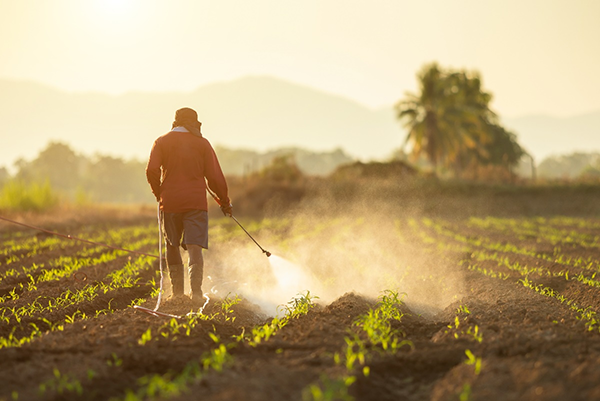
Dec . 04, 2024 15:52 Back to list
odm acetamiprid msds
Understanding Acetamiprid A Comprehensive Overview
Acetamiprid is a widely used systemic insecticide belonging to the neonicotinoid class, characterized by its effectiveness against a range of pests while also having a relatively low toxicity to humans and non-target organisms. This compound, known for its unique mode of action that targets nicotinic acetylcholine receptors in insects, is frequently employed in agricultural practices to protect various crops from infestations.
Chemical Structure and Properties
Acetamiprid, chemically designated as C10H11ClN4, possesses specific molecular characteristics that contribute to its potency. Its structure features a chlorinated nitrogen base, which enhances its binding affinity to insect receptors. The compound is generally presented in formulations such as wettable powders, granules, and liquid concentrates, making it versatile for application in different agricultural settings.
Mechanism of Action
As a neonicotinoid, acetamiprid works by disrupting the normal functioning of insect nervous systems. When pests ingest or come into contact with acetamiprid, it binds to nicotinic acetylcholine receptors, leading to overstimulation of the nervous system. This overstimulation results in paralysis and eventual death of the target insect, effectively managing populations of aphids, whiteflies, thrips, and other economically significant pests.
Applications in Agriculture
Acetamiprid is primarily used to protect a variety of crops, including fruits, vegetables, and ornamental plants. Its systemic action allows it to be absorbed by the plant, offering long-lasting pest control. Farmers often appreciate acetamiprid for its rapid action and its ability to prevent reinfestation, making it a popular choice for integrated pest management (IPM) strategies.
odm acetamiprid msds

However, its use is not without controversy. The neonicotinoid class of insecticides, including acetamiprid, has faced scrutiny due to concerns about their impact on pollinators, particularly bees. Research has indicated that neonicotinoids can affect bee behavior and health, prompting regulatory bodies in some regions to impose restrictions on their use.
Safety and Handling
The Material Safety Data Sheet (MSDS) for acetamiprid outlines essential safety information for handling this insecticide. While acetamiprid has a relatively low toxicity to humans and mammals, it is still categorized as harmful if ingested, inhaled, or absorbed through the skin. Therefore, appropriate safety measures should be implemented during application. These include
- Wearing protective clothing, gloves, and eye protection. - Ensuring proper ventilation when using the product in enclosed spaces. - Following manufacturer guidelines regarding dosage and application frequency. - Understanding the environmental impact, particularly concerning aquatic organisms, as acetamiprid is moderately toxic to fish and other non-target species.
Environmental Considerations
The environmental fate of acetamiprid is an area of active research. Studies indicate that while it may degrade relatively quickly in soil, it can persist in water systems, raising alarms about its potential to accumulate and affect aquatic life. Responsible usage and adherence to regulations are crucial to minimizing its ecological footprint.
Conclusion
In conclusion, acetamiprid stands out as an effective tool in the arsenal of modern agriculture for pest management. Its systemic properties provide farmers with a robust means of protecting their crops; however, the potential risks to beneficial organisms, especially pollinators, necessitate careful application and ongoing research. As we continue to navigate the complexities of agricultural pest control, understanding the implications of products like acetamiprid will be vital in promoting both crop health and environmental stewardship. Proper knowledge, adherence to safety guidelines, and a commitment to responsible use are essential for maximizing benefits while minimizing risks associated with this powerful insecticide.
-
Kasugamycin Fungicide: Efficient Bacterial & Fungal Control
NewsAug.02,2025
-
Emamectin Benzoate: AI-Optimized Pest Control Solution
NewsAug.01,2025
-
Best Abamectin 95% | Top Pesticide for Crop Protection
NewsJul.31,2025
-
Insecticide Spirotetramat 11% + Thiacloprid 11% SC at Good Price
NewsJul.30,2025
-
Best Abamectin SDS - Premium Quality & Reliable Safety Data
NewsJul.29,2025
-
Agrochemicals Pesticides Solutions for Sustainable Farming
NewsJul.29,2025
